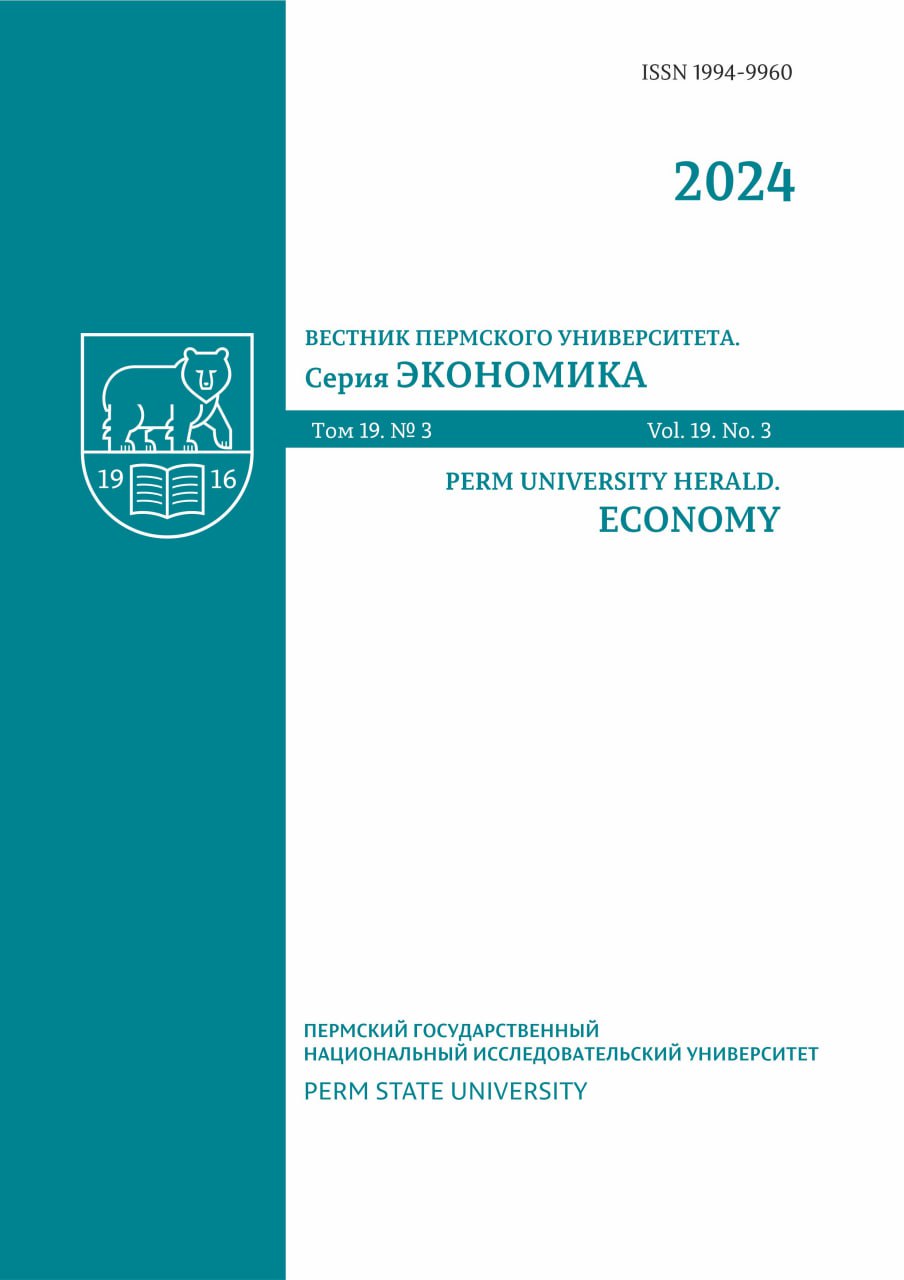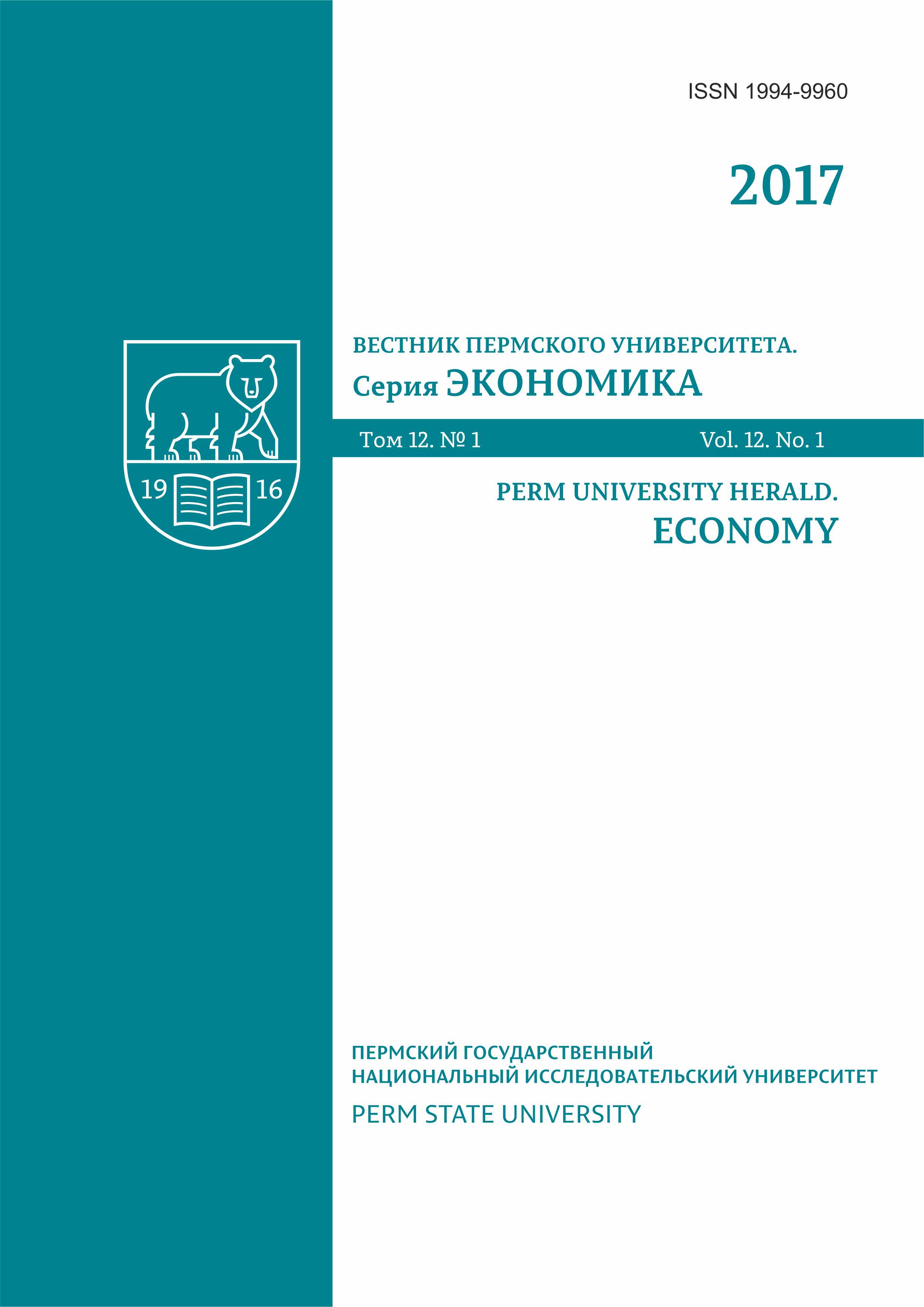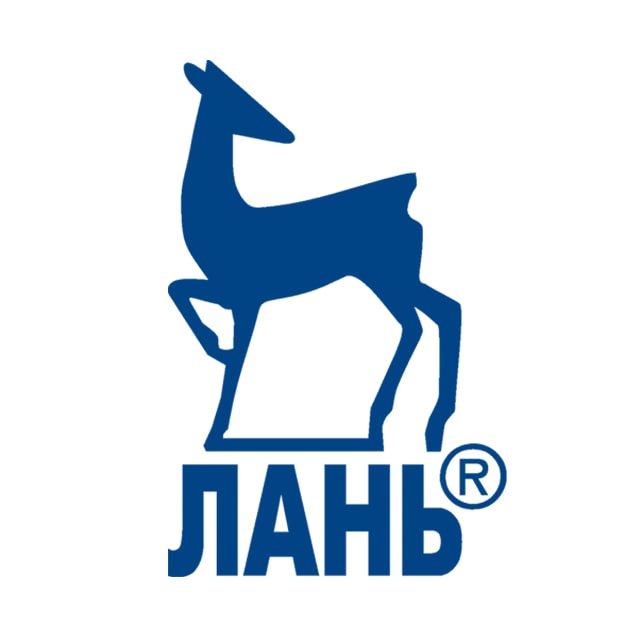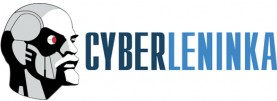The industry life cycle concept as a tool for economic potential management at textile enterprises
DOI:
https://doi.org/10.17072/1994-9960-2017-1-124-135Abstract
The expediency of the industry life-cycle concept as an effective business management tool to form the system of enterprise economic potential factors has been argued. The purpose of the study is to identify directions for enterprise economic potential growth at different stages of an industry life cycle in the case study of textile industry in Russia. Historical and logical research methods to assess industry dynamics and applied statistical methods to construct dynamic series have been used in the research. The study of the history of production and sales has resulted in the distinction of the industry life cycle stages: up to the middle of the XIXth century - introduction, up to 1990 - growth, 1990-2002 - turbulence, from 2002 to the present time - early maturity. The environment peculiarities of textile and clothing industry in Russia have been characterized in the context of each stage of the industry life cycle. The system of economic potential growth factors (in regard to its individual elements - production, employment, finance, innovation, marketing, and organizational management) has been formulated for each distinguished stage. Particular attention has been paid to the system of measures to increase the textile enterprises economic potential at the present stage of the industry development. The scientific novelty of the approach to the problem of company economic potential management provided by the author is the application of the industry life cycle concept as a tool to make managerial decisions on the enterprise development taking into account the industry market tendencies. The conclusions and the results can be used in various industries to determine the ways to increase the efficiency of management decision making.
Keywordsenterprise, economic potential, competitiveness, management efficiency, industry, competition, industry life cycle, life cycle stages, textile industry, clothing industry, development trends, growth factors
For citationIbragimova R.S., Golovkin D.S. The industry life cycle concept as a tool for economic potential management at textile enterprises. Perm University Herald. Economy, 2017, vol. 12, no. 1, pp. 124–135. DOI 10.17072/1994-9960-2017-1-124-135
References1. Ibragimova R.S. Sinkhronizatsiia kak neobkhodimoe uslovie ustoichivogo razvitiia promyshlennogo predpriiatiia [Synchronization as a prerequisite for sustainable development of industrial enterprise]. Vestnik Ivanovskogo gosudarstvennogo universiteta. Seriia: Ekonomika [Ivanovo State University Bulletin. Series: Economy], 2011, no. 1, pp. 12–17. (In Russian).
2. Golovkin D.S. Aktual'nost' razrabotki kompleksnoi metodiki otsenki ekonomicheskogo potentsiala predpriiatiia [The importance of the development of the complex method of enterprise economic potential evaluation]. Vestnik Ivanovskogo gosudarstvennogo universiteta. Seriia: Ekonomika [Bulletin Ivanovo State University. Series: Economy], 2015, no. 3–4 (25–26), pp. 97–102. (In Russian).
3. Atoian R.E., Iastrebinskii M.A. Metodologiia otsenki stoimosti ekonomicheskogo potentsiala gornykh predpriiatii [Evaluation methodology of the economic potential of mining enterprises]. Moscow, MGTU Publ., 1999. 41 p. (In Russian).
4. Bazhenov G.E., Kislitsyna O.A. Innovatsionnyi potentsial predpriiatiia: ekonomicheskii aspect [Innovative potential of the enterprise: the economic aspect]. Vestnik Tomskogo gosudarstvennogo universiteta [Bulletin of the Tomsk State University], 2009, no. 323, pp. 222–228. (In Russian).
5. Belousov R.A. Rost ekonomicheskogo potentsiala [Economic potential growth]. Moscow, Moskva Publ., 1971. 55 p. (In Russian).
6. Doroshenko V.A., Osipov B.A., Shmidt Iu.D. Ekonomicheskii potentsial lesopromyshlennogo predpriiatiia [The economic potential of timber enterprises]. Voprosy ekonomiki. Vestnik TGEU [Issues of Economics. Bulletin TSUE], 2005, no. 1, pp. 3–18. (In Russian).
7. Krasovskii V.P. Ekonomicheskii potentsial: rezervy i otdacha [Economic potential: reserves and outputs]. Moskva, Ekonomika Publ., 2006. 58 p. (In Russian).
8. Taburchak P.P., Mikitas M.A. Mekhanism vliianiia organizatsionnogo potentsiala na effectivnost’ deiatel’nosti promyshlennykh predpriiatii [Mechanism organizational potential impact on the efficiency of industrial enterprises]. Economika i upravlenie [Economics and Management], 2012, no. 12 (86), pp. 66-71. (In Russian).
9. Khanov A.R. Ekonomicheskii potentsial predpriiatiia kak ob’ekt issledovaniia [Economic po-tential of the enterprise as an object of study]. Rossiiskoe predprinimatelstvo [Russian Entrepreneurship], 2006, no. 10 (82), pp. 58–60. (In Russian).
10. Best M.H. The New Competition: Institutions of Industrial Restructuring. MA, Harvard University Press, 1990. 296 p.
11. Enright M.J. The Globalization of Competition and the Localization of Competitive Advantage: Policies toward Regional Clustering. In Hood N., Young S. (eds) The Globalization of Multinational Enterprise Activity and Economic Development. London, Macmillan Publ., 2000, pp. 303–331.
12. Porter M.E. Competitive Strategy: Techniques for Analyzing Industries and Competitors. New York, The Free Press, 1998. 397 p.
13. Porter M.E. Competitive Advantage: Creating and Sustaining Superior Performance. New York, The Free Press, 1998. 558 p.
14. Porter M.E. The Competitive Advantage of Nations. New York, The Free Press, 1998. 856 p.
15. Porter M.E. On Competition. Boston, Harvard Business School Press, 1998. 485 p.
16. Filonovich S.R. Ispolzovanie modelei zhiznennogo tsikla v organzatsionnoi diagnostike [Using of life-cycle models in organizational-term diagnostics]. Sotsiologicheskie issledovaniia [Bulletin of the In-stitute of Sociology], 2005, no. 4, pp. 53–64. (In Russian).
17. Glukhova E.V. Kontseptsiia zhiznennykh tsiklov: neobkhodimo li ee ponimanie i primenenie finansistami na rossiiskom rynke? [The concept of life cycles: whether its interpretation and application of financiers in the Russian market it is necessary?]. Korporativnye finansy [Corporate Finance], 2007, no. 4, pp. 111–117. (In Russian).
18. Makarov A.S. Formirovanie finansovoi politiki organizatsii s uchetom stadii zhiznennogo tsikla [Formation of the enterprise financial policy, taking into account the life cycle stages]. Finansy i kredit [Finance and credit], 2010, no. 12(369), pp. 47–54. (In Russian).
19. Ansoff I. Strategicheskoe upravlenie [Strategic Management]. Moscow, Ekonomika Publ., 1989. 303 p. (In Russian).
20. Ibragimova R.S. Motivatsionnie factory internationalizatsii predpriiatiia [Motivational factors of enterprise internationalization]. Lichnost. Kul’tura. Obshchestvo [Personality. Culture. Society], 2006, vol. VIII, no. 1 (29), pp. 213–224. (In Russian).











